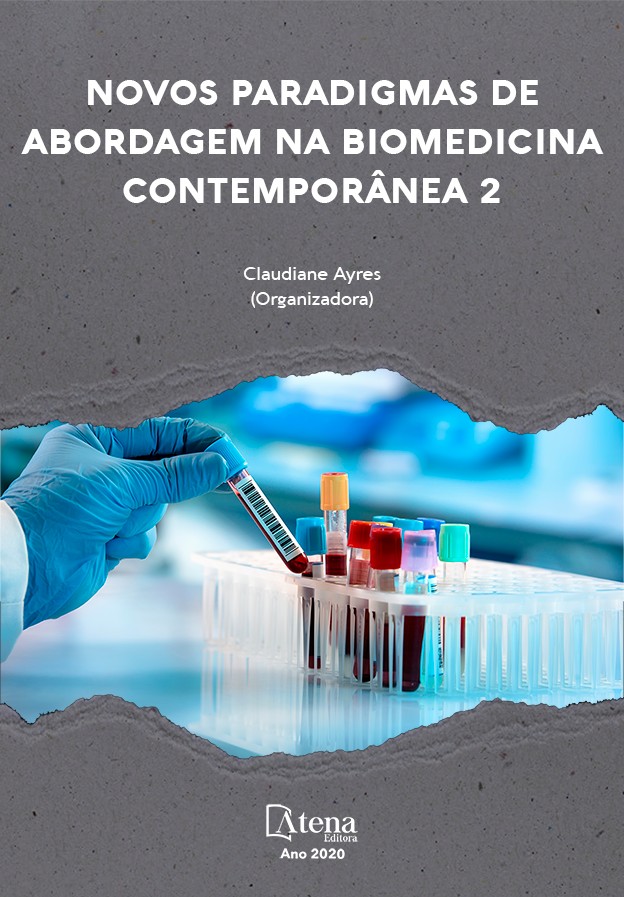
DIAGNÓSTICO LABORATORIAL DE BLASTOCYSTIS SP.: REVISÃO SISTEMÁTICA
As técnicas microscópicas parasitológicas em amostras fecais são geralmente utilizadas na rotina parasitológica de laboratórios de análises clínicas para o diagnóstico de parasitoses intestinais, devido ao seu baixo custo, rápido processamento e resultados em curto prazo. No entanto, na infecção por Blastocystis sp., a técnica a ser utilizada deve ser escolhida com cautela, pois técnicas inespecíficas de identificação desse parasito podem levar à subestimação das amostras positivas ou à atribuição incorreta de negatividade. O objetivo deste estudo foi realizar uma revisão sistemática identificando as técnicas mais utilizadas para o diagnóstico da infecção porBlastocystis sp.. Foi realizada uma revisão sistemática nas bases de dados eletrônicos SciELO, LILACS e PubMed para artigos em inglês, português e espanhol, com amostras humanas, combinando os descritores "diagnóstico", "técnicas", "blastocystis" ou dois a dois. Dentre os 352 estudos identificados na busca eletrônica, 52 artigos foram elegíveis para inclusão na sistemática, sendo as técnicas mais utilizadas para o diagnóstico de blastocistose o exame direto com ou sem lugol (50%),Reação em Cadeia da Polimerase (PCR) (42,8%), centrifugação com acetato de etila / éter (34,6%), esfregaços fecais corados (30,8%) e cultura (30,8%). O padrão ouro para o diagnóstico de blastocistose foi a cultura ou PCR. O exame direto foi o procedimento mais utilizado. O uso de esfregaços corados por tricrômio/hematoxilina férrica tornam-se alternativas no diagnostico dessa parasitose pela manutenção da integridade das formas evolutivas. As técnicas de cultura e PCR apresentaram as melhores taxas de sensibilidade-especificidade, sendo indicados como padrão-ouro.
DIAGNÓSTICO LABORATORIAL DE BLASTOCYSTIS SP.: REVISÃO SISTEMÁTICA
-
DOI: 10.22533/at.ed.3652028103
-
Palavras-chave: Técnicas, especificidade, sensibilidade, padrão-ouro
-
Keywords: Techniques, specificity, sensitivity, gold standard
-
Abstract:
Microscopic parasitological techniques in fecal samples are generally used in parasitological routine of clinical analysis laboratories for the diagnosis of intestinal parasitoses, based on its low cost, fast processing and short term results. However, in Blastocystis sp. infection, the technique to be used needs to be chosen with caution, since non-specific techniques to identify this parasite may lead to underestimation of positive samples or an incorrect assignment of negativity. The aim of this study was to carry out a systematic review identifying the most used techniques for diagnosis of Blastocystis sp. infection. A systematic review was conducted on electronic databases including SciELO, LILACS and PubMed for articles in english, portuguese and spanish, with human samplesby combining the descriptors "diagnosis", "techniques", "blastocystis " together or two by two. Among the 352 studies identified in the electronic search, 52 articles were eligible for inclusion in the systematic, being the most used techniques for the diagnosis of blastocystosis the direct wet mount with or without lugol (50%), Polymerase Chain Reaction (PCR) (42.8%), in ethyl acetate / ether centrifugation (34.6%), stained fecal smear (30,8%) and culture (30.8%). The gold standard for diagnosis of blastocystosis was culture or PCR. Direct wet mount was the most used procedure. The use of smears stained by trichrome / iron hematoxylin become alternatives in the diagnosis of this parasitosis by maintaining the integrity of the evolutionary forms. The culture and PCR techniques showed the best sensitivity-specificity rates, being indicated as the gold standard.
-
Número de páginas: 24
- Otilio Machado Pereira Bastos
- Alynne da Silva Barbosa
- Claudia Maria Antunes Uchôa Souto Maior
- Iohana Mendonça Pinheiro


